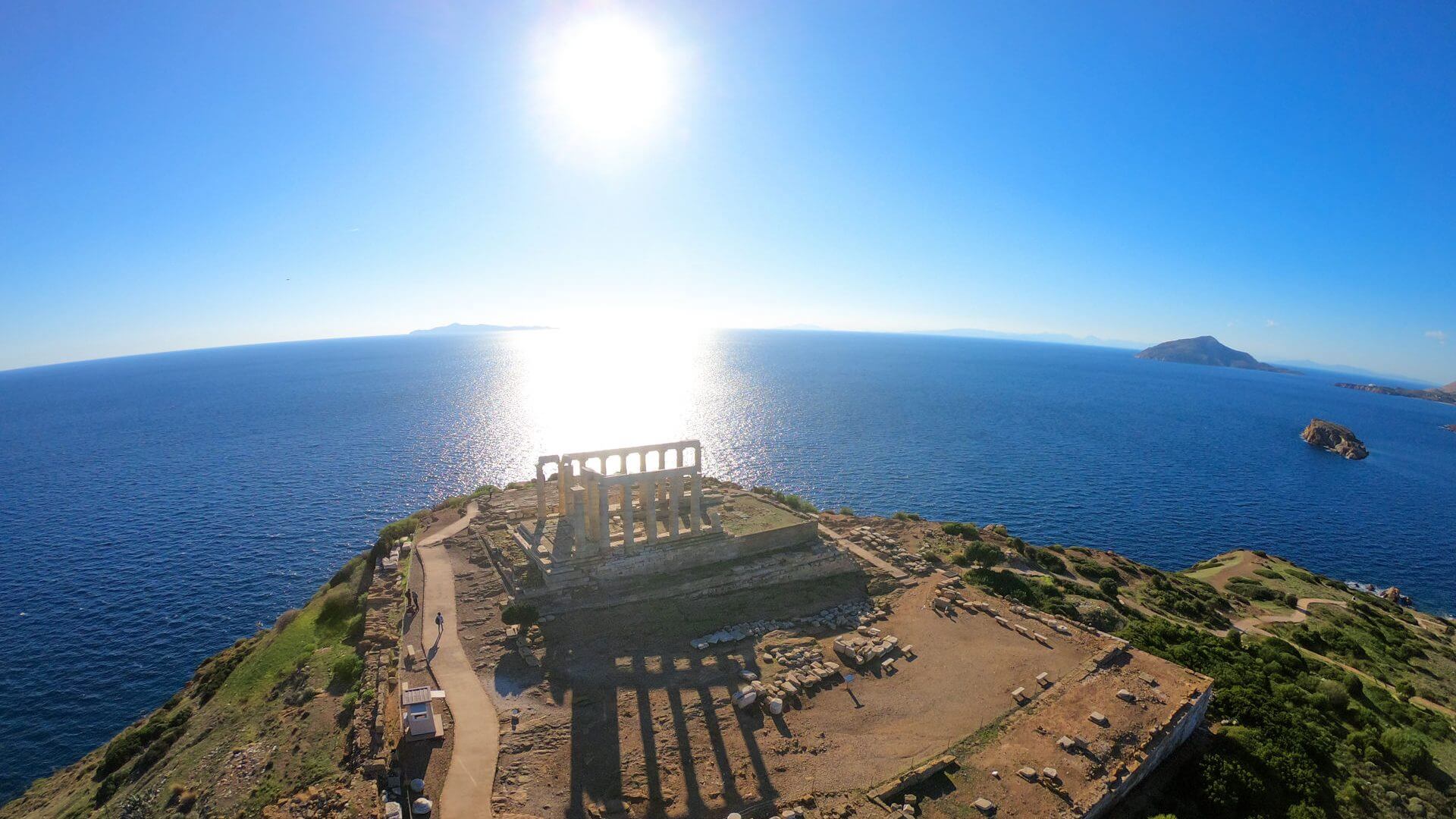Aesthetic Forest of Hymettus (Kaisariani and Vyronas)
Aesthetic Forest of Hymettus (Kaisariani and Vyronas)
The area is designated as a Landscape of Special Natural Beauty and the protected area extends at 494.19 hectares with a total perimeter of 10.0 km and a maximum altitude of 762 m and a minimum of 337.0 m. It was declared an aesthetic forest according to P.D. 91/74 (Government Gazette 31 A/6-2-1974, while it is part of the single protected area of the CORINE program of the Hymettus area.
Geologically, the soils of the area are limestone, sandstone, cobblestone and slate. The area has been reforested with pines, cypresses, etc. and today it has changed into a beautiful semi-natural forest. Around the monastery there are large poplars, plane trees, sycamores, laurels and other trees and a fairly extensive olive grove. Throughout the area there are many wild flowers and many birds find shelter. The area gathers many rare plants, endemic to Attica and south Greece such as Aethionema saxatile graecum, Consolida tenuissima, Ebenus sibthorpii, Fritillaria graeca and some animal species that are now rare in Attica such as Vulpes vulpes crucigera (Fox).
In a prominent position in the aesthetic forest there is the historic holy Iera Moni Eisodion tis Theotokou (Monastery of Eisodion Theotokou Kaisarianis), known as the Moni Kaisarianis (Monastery of Kaisariani), a name that was first mentioned at the beginning of the 13th century, while further south-west, on the hill of the “Cemetery of the Fathers” or Fragomonastero, the ruins of an early Christian Basilica are preserved and a transitional type church of the 10th c.
The overall area of Hymettus, Kaisariani – Karea and especially the aesthetic forest of Kaisariani serves as a recreation area for the Athenians. Many footpaths, cycling routes, many viewpoints, especially north of the Monastery, cover all requirements. Access to the area is very easy, even by public transport.











